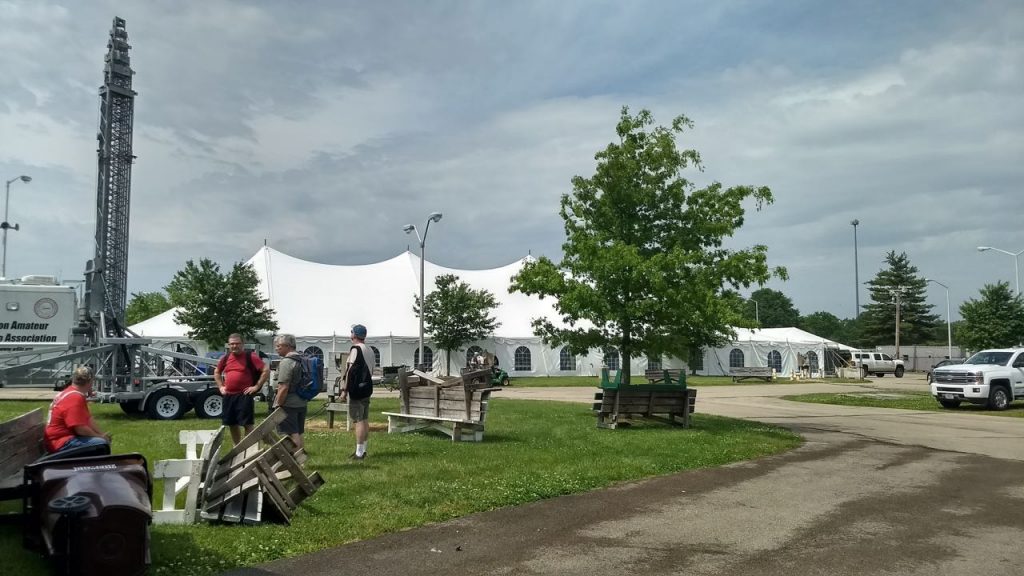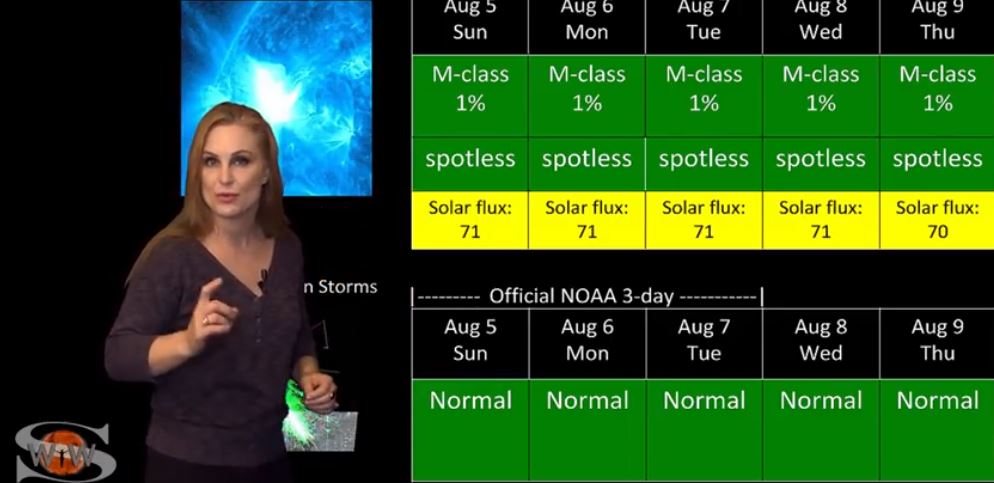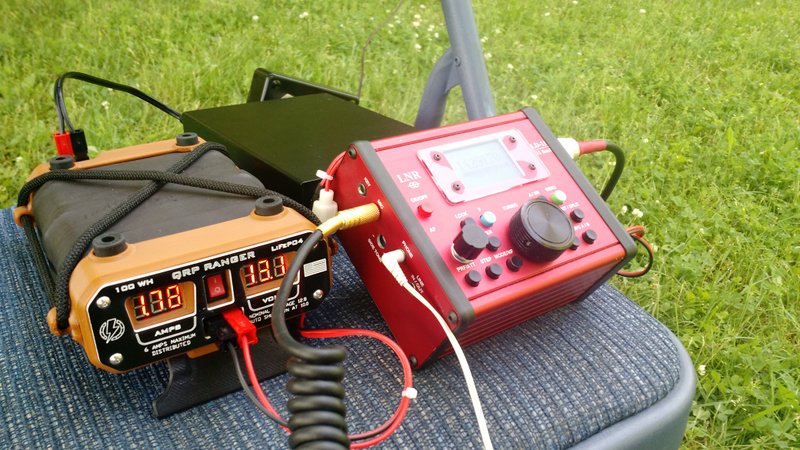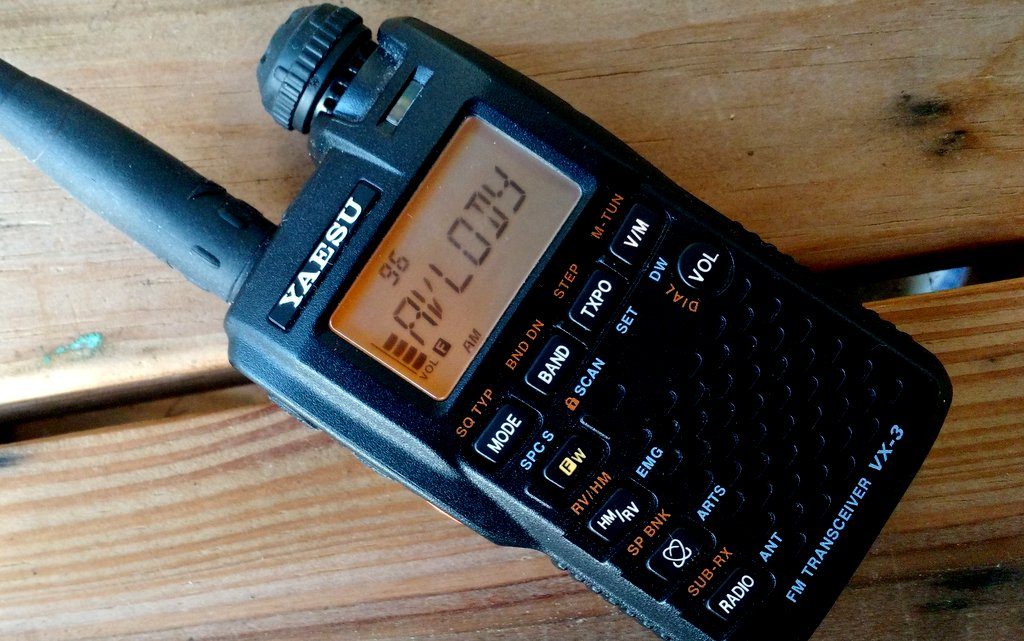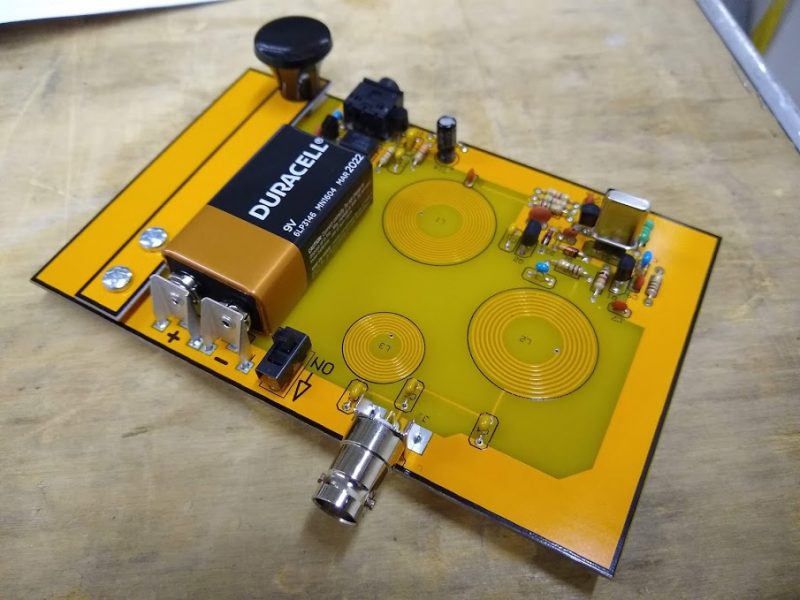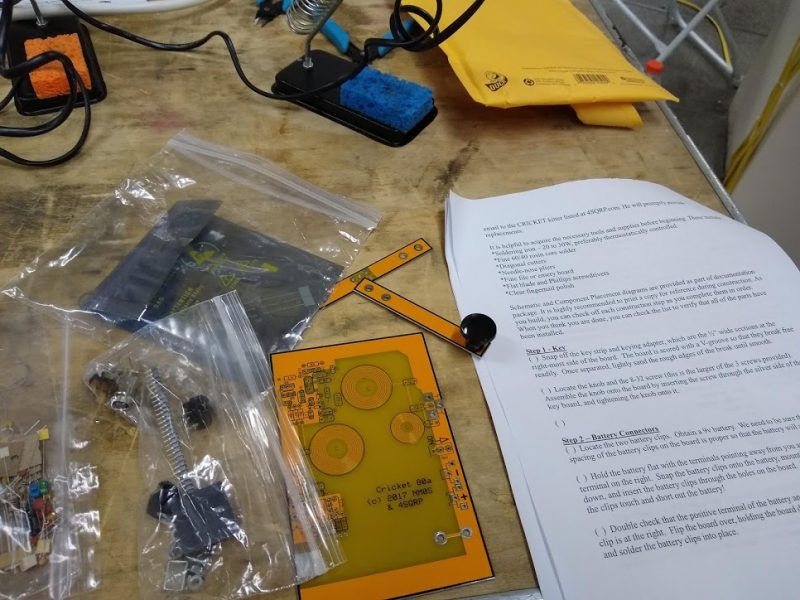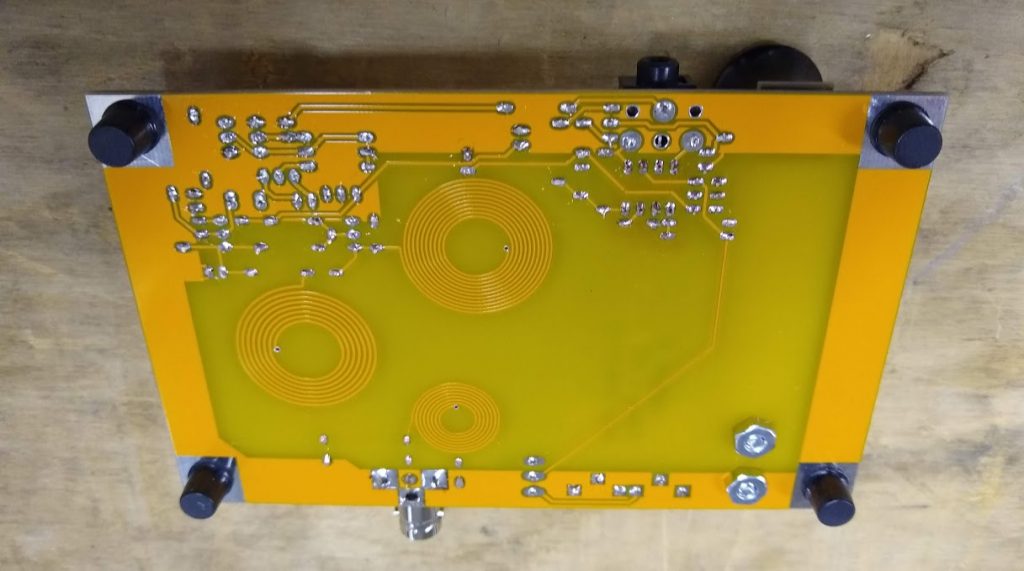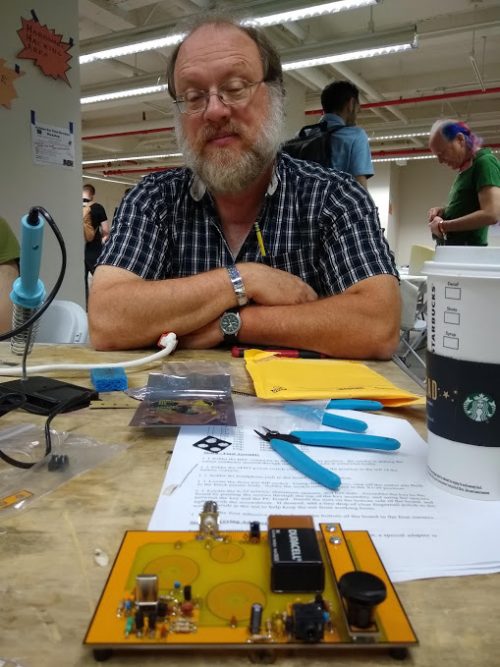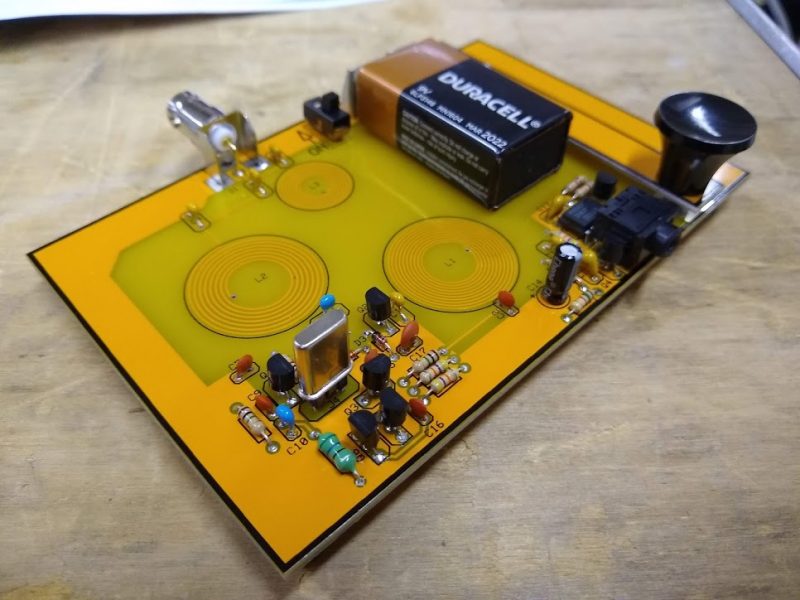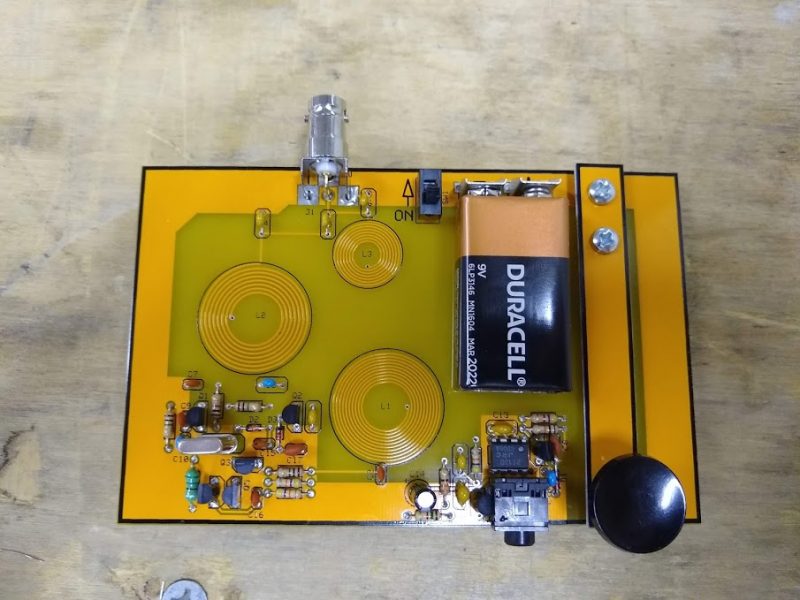(Source: Southgate ARC)
CQ Magazine report there will still be tents for some commercial exhibitors at next year’s Dayton Hamvention.
In one of their first acts as leaders of the 2019 Hamvention, General Chairman Jack Gerbs, WB8SCT, and Assistant General Chairman Rick Allnutt, WS8G, announced on August 5th that they had been unable so far “to reach an agreement on a long-term contract (with Greene County officials) where both the Fairgrounds and Hamvention would feel comfortable erecting a new building.”
The announcement was made “in the spirit of being transparent,” they said. Gerbs and Allnut stressed that the overall relationship between the Dayton Amateur Radio Association and Greene County remains excellent and the Hamvention will continue to be held at the fairgrounds in Xenia. They cited improvements made for the 2018 show and promised more for 2019. However, a new commercial exhibits building will not be among them.
The 2019 Dayton Hamvention is scheduled for May 17-19.
CQ Magazine
http://www.cq-amateur-radio.com/
I’ll admit: this is disappointing news. I’ve had a table in the tents the past two years at Hamvention. The first year (2017), the tents were pretty dismal–lighting was almost nonexistent and there was serious water intrusion.
This year, DARA obtained much better tents and did a proper job securing the walls and avoiding the drainage areas. Still, water intrusion was an issue. If it rained (and it did) the floors (i.e. asphalt) got wet. Vendors had to keep their inventory off of the floor at all times, else it would get soaked. Since so many products are stored in cardboard boxes, are electronic, and not waterproof, this was a serious issue. I spoke to one of the larger tent vendors who was really upset about the water intrusion and lack of security and vowed not to return unless they could get a proper indoor space.
To please outdoor tent vendors, I believe DARA ought to give discounted pricing for those spaces, increase security, and at least provide crates or pallets to help vendors keep their inventory from contacting the ground and getting soaked.
Click here to read our review of the 2017 Hamvention–the first at the Greene County Fairgrounds.

